
At a recent awards ceremony, Meryl Streep accused Walt Disney of being a sexist. To justify her claim she read from a 1938 rejection letter a female trainee program applicant received from him. It said, “Women do not do any of the creative work in connection with preparing the cartoons for the screen, as that is performed entirely by young men.”
Ms. Streep’s comment that Walt was a sexist irritated me – a lot.
Come on Meryl. It was 1938. Women really didn’t begin joining the workforce in any numbers until 1941 when World War II forced them out of the house. And when the war was over in 1945, most women returned home to take care of their families. You can’t judge a man who lived in the first half of the 20th century by 21st century standards. That’s just not reasonable.
For the most part, the women who did work in the early and mid-20th century held repetitive and non-decision-making jobs. They were telephone operators, secretaries, and sales clerks. Some even worked in the Ink & Paint Department of the Disney Studios – where Walt met Lillian.
Walt was a flawed man, just like the rest of us. He was a man of his generation and shared many of the same attitudes as his contemporaries. But Walt was always open to new ideas. If he hadn’t been, he wouldn’t have continually pushed himself and his team to think outside the box. And Walt grew and changed with the times. The Walt that sent that rejection letter in 1938 was not the same Walt that later included several women in his inner circle of Imagineers. These included Disney Legends Alice Davis, Harriet Burns, and Mary Blair. Were these women in the minority in a field dominated by men? Of course they were. But they were there nonetheless.
Television is often a good barometer of the country’s current morals and principles. Walt Disney died in December 1966 so I thought I might look at a few of the sitcoms that were popular during the 1950’s and 1960’s to see how women were portrayed back then.
The Honeymooners (1955 – 1956) — Alice Kramden was a housewife.
I Love Lucy (1951 – 1957) – Ricky wanted Lucy to stay home and take care of the house. And when Lucy and Ethel got jobs in the episode titled “Job Switching,” they were failures and agreed that men were better suited for the workplace.
Father Knows Best (1954 – 1960) — Margaret Anderson stayed home to take care of Betty, Bud, and Kathy.
Leave it to Beaver (1957 – 1963) – June stayed home (and wore pearls) to take care of Wally and the Beaver.
The Adventures of Ozzie and Harriet (1952 – 1966) – Harriet stayed home to take care of David and Ricky. (Ozzie also stayed home as he never had any recognizable job.)
The Dick Van Dyke Show (1961 – 1966) – Laura stayed home to take care of Richie. However, we did see Sally Rogers working with Rob and Buddy. But she was still assigned many of the traditional female duties within the writing team.
It wasn’t until 1970 when the Mary Tyler Moore Show premiered that things began to change for women on TV. Mary was the first never-married, independent career woman as the central character. This was three years after Walt’s death.
Walt wasn’t a sexist. Walt was a product of his time.
Now that I have that off my chest, I thought I would look back at some of the out-of-date policies that were in place at Disneyland in the early years. Once again, by today’s standards, some of them are horrifying. But Disney was a conservative company and tried to give the public what they thought the public wanted – just like most all businesses do. But in showing the negative, I also want to show the positive. I want to show you how working at the Disney parks has changed over the years. Today, Disney is often singled out as one of the top companies in the country to work for.
Disclaimer”¦ Some of what I present here is from my own, personal observations from my employment at Disneyland from 1971 to 1980. But much of what I offer here is public record.
SHOW
Show is everything in a Disney park. For example, it bothered Walt greatly that the cast members’ locker room at Disneyland was located behind Tomorrowland. This forced cowboys and jungle explorers to walk through the Land of the Future in order to get to their jobs. This was an incongruity and created bad show.
What follows are some of the policies that were once in place to ensure that a guest never had to experience “bad show” during their visit.
Then
Cast member grooming policies were extremely strict. A male cast member’s hair could not extend over his shirt collar in the back or be long enough to get in his eyes in the front. Hair could not touch the ears and sideburns could only extend to the middle of the ear. Facial hair was strictly forbidden. Guys could not dye their hair in any manner.
Female workers could not add highlights or streak their hair. Clear nail polish was the only color allowed. Earrings could be no more than a quarter of an inch in diameter.
Cast members could only wear one ring – and it had to be on the ring or little finger. You certainly couldn’t wear it on the thumb.
Sometime around 1976, the policy on sideburns was changed. Guys were now allowed to grow them to the bottom of the ear, but no flairs or mutton-chops. Interestingly, this policy was not changed at WDW until sometime later.
Over the years, a number of cast members took Disney to court over this grooming policy, but they always lost. Disney was able to produce thousands of letters from guests stating that they loved how neat and clean all of the cast members looked. You must remember, long hair and bushy facial hair was all the rage in the 70’s with the hippie movement. Guests (and juries) found the “Disney look” refreshing.
Now
Disney still maintains a grooming policy, but things have loosened up tremendously over the years. One of the biggest changes we have seen recently revolves around facial hair. First Disney started allowing mustaches and more recently, beards.
Although Florida cast members working in food service may not wear rings for hygienic reasons, others are now allowed to wear a ring on each hand and on any finger.
Women can wear hooped earrings.
Then
If a woman got pregnant while working at Disneyland, she was allowed to work only as long as she could fit into a standard costume. Once she started showing, she had to take an unpaid leave of absence.
Now
Today, pregnant cast members may work as long as they are able and desire. Special costumes have been designed to promote this practice.
Then
Cast members with any visible impairment could not have an onstage job. For example, you would never see a wheelchair-bound cast member onstage in the 1970’s. If you broke an arm and required a cast, or had an eye infection and required a patch, you would not be allowed to work onstage. If management could find you a backstage job while you mended, you might be placed in some other position, but even this was definitely the exception, not the rule.
Now
Disney is a leader at hiring those with special needs – and often placing them in guest-facing positions. It is not uncommon at all to see a cast member in a wheelchair taking tickets, directing crowds, or in any number of roles.
Then
One of my hostess friends at the Blue Bayou Restaurant had a slight deformity on her right hand. Several of her fingers were fused together, however it was hardly noticeable. After working a summer as a hostess, it was her turn to be advanced to the position of waitress, a much better paying job. However, she was denied the promotion. She was told that her deformed hand would offend guests as she served them their food. It didn’t matter that she had been handing menus to guests for a year, serving food was considered a different matter. She ultimately threatened to take Disney to court. Disney eventually backed down and promoted her.
Now
This would never happen at a Disney park today. All positions are open to everyone. The only requirement is that an individual must be capable of doing the job.
Then
Although Disney would never admit to this (and it would be impossible to prove), those with good looks and good builds were hired into public-facing jobs – especially into Attractions (ride operators). Those with plain looks were assigned roles backstage. Of course, there were always exceptions to this unofficial policy, but it didn’t take a genius to see it was true. All you had to do is look around. This was done in the name of “show.”
Now
Once again, this type of policy would never fly at a Disney park today.
SAFETY
Disney has always been proactive when it comes to safety. But as times change, so do policies.
Then
I almost put this next entry under “Show” but decided it belonged under safety.
For a long time, cast members were forbidden to eat or drink while onstage. This was considered bad show. Even on the hottest days, cast members working out on the asphalt parking lot directing cars had to wait for their break to get a drink of water.
Now
Today, cast members are still forbidden to eat while onstage. However, many positions now allow cast members to carry a company approved water bottle on their belt so they may remain hydrated while working.
Then
Take a look at this old parking lot tram. These were still in use when I started working at Disneyland in 1971. It’s amazing that people weren’t falling out of these trams left and right.

Now
The basic tram design we see today came about sometime during my tenure at Disneyland. But recently, Disney management went a step further and added doors.

SPECIAL NEEDS
Then
In the “old days” Disney parks made very few, if any, attempts at accommodating wheelchairs. Nobody did back then.
For example, in the Blue Bayou Restaurant, guests in wheelchairs had to be pulled up three stairs by their companions to gain access to the dining room.
Even today, we see signs of this lack of consideration. Take a look at the Liberty Tree Tavern in the Magic Kingdom. This restaurant was designed in the late sixties and opened in 1971 when mores were different. The restaurant portion of this eatery is located up two steps from the lobby. Even today, guests in wheelchairs must be brought into the restaurant through a side door or pulled up the steps.
Over at Columbia Harbour House, guests in wheelchairs wishing to eat upstairs are taken into the kitchen to use the restaurant’s only elevator.
Now
Today, Disney is a leader when it comes to ADA requirements. All new construction addresses the necessities of those with special needs and older structures are retrofitted whenever possible. Even rides that were strictly off limits to those with mobility issues have been modified to allow them to ride.
Then
When Disney World opened, there were only two hotels, the Contemporary and Polynesian. However, there was no elevator to the monorail platform at the Contemporary. Disney management of the day didn’t see a need. If someone used a wheelchair, they could stay at the Polynesian. Problem solved.
Now
Disney added an elevator to the Contemporary monorail platform. Now, wheelchair-bound guests have the same choice when it comes to accommodations as everyone else.
DISCRIMINATION
Then
When I started working at Disneyland in 1971, the park was run by men. Not as an official policy, but rather women hadn’t yet begun to move into supervisory positions with any great numbers. Of the several hundred supervisors and managers attending to the day-to-day operation of Disneyland, only a handful were women – and most in entry level management positions.
In the earliest years of the park, African Americans could only work in backstage jobs or as a performer. It wasn’t until 1968 that blacks were allowed into guest-facing jobs.
Now
Women and minorities are seen at all levels in the Disney Corporation. Here are three examples out of many:
Meg Crofton is President of Walt Disney Parks and Resorts Operations U.S. and France.

Aylwin B. Lewis is one of the members of the Disney Board of Directors.

George A. Kalogridis, an openly gay man, is President over the Walt Disney World Resort.

Then
In the 1970’s, Disneyland had two ethnic restaurants, the Tahitian Terrace (full service) and Casa de Fritos (counter service). Almost all of the cast members working at the Tahitian Terrace were of Polynesian decent and almost all of the cast members working at Casa de Fritos were of Latin American decent. This hiring practice was defended in the name of theming. Disney management backed this policy by saying they were casting a role in a show. It would not be realistic to have a Mexican serving Polynesian food or a Hawaiian serving tacos.
Now
Once again, all roles at Disney Parks are open to all cast members. The exception is Epcot’s World Showcase. As these pavilions were set up to be cultural exchange areas, the majority of the cast members working here are either from the country represented or have spent a significant amount of time in that country and are extremely knowledgeable of that nation.
You might be asking yourself, “So what’s the difference between World Showcase and the Tahitian Terrace and Casa de Fritos?”
The cast members working at the Tahitian Terrace and Casa de Fritos only looked Polynesian or Latin American. In most cases, they had well established American roots and knew little about the foreign lands they were supposedly representing.
Then
In the 1970’s, only women could wait on tables in the full-service restaurants (the Blue Bayou, Tahitian Terrace, and Club 33). Men were not allowed to fill this role. It took a Club 33 busboy to change this policy. He took Disneyland to court on a discrimination charge and won the right to become a server. Still, it was several more years before Disney opened up this position to males in the Blue Bayou and Tahitian Terrace.
Now
As I keep saying, today, all roles are open to all cast members.
Then
Another area of sex discrimination took place on the Jungle Cruise and the Storybook Land Canal Boats attractions. It was reasoned that only a man could skipper a boat up the Congo and only a woman (“girl” in those days) could tell guests all about the fairytale homes found in Fantasyland.
In addition, the Tour Guide position was exclusively female.
Now
I really don’t know exactly when these practices were abolished, but eventually both of these attractions and the Tour Guide position were opened to both sexes.
Then
In the early 60’s, demands on Walt’s time were ever increasing and he needed someone “official” to represent him when he was unavailable. Thus, the Disneyland Ambassador Program began in 1965. The chosen ambassador would host dignitaries and oversee the opening of new attractions in Walt’s absence – along with a hundred other duties.
A new ambassador was selected each year. Only unmarried females were eligible for the position and she had to sign a contract stating that she would not marry during her term. Applicants went through rigorous interviews and eventually the field was narrowed down to five contenders – usually all from the Tour Guide Department. These finalists would be listed in the company newspaper, The Disneyland Line. In the next week or so, the judges would make their final selection and a winner was announced.
While I was working at Disneyland, male cast members began grumbling about this female-only position. Eventually, Disneyland opened up the ambassador position to both sexes. For a number of years afterwards, a male would make it into the final five, but somehow was never selected. It wasn’t until 1995, when three ambassadors were selected to represent Disneyland instead of just one that a male was finally chosen along with two females.
Now
Sexism is no longer a problem. In fact, in 2007, two men were selected as ambassadors of the WDW Resort (Lowell A. Doringo and Michael Kelley). Women were left completely out in the cold that year. In addition, ambassadors can now be married.
Then
Disney also discriminated when it came to a person’s size. Although I don’t have the actual statistics, people who were too tall, too short, or too big could not be hired into the day-to-day jobs at Disneyland as there were no costumes available for them.
My high school girlfriend and I applied for a job at Disneyland at the same time. I was hired (at 5’10″), but she was told she was too short (at 5’3″) as Disney didn’t make a costume in her size.
Now
You guessed it; a person’s size isn’t a problem anymore.
By the way, twenty years later, my then girlfriend reapplied and received a nice part-time job in merchandising at Disneyland.
Then
Although I wouldn’t exactly call this next entry discrimination, it certainly falls into the sexist category.
When the Club 33 opened, the vast majority of the members were local businessmen. In the early years, the restaurant was frequented primarily by these gentlemen, their guests, and the male executives of the Disney Company. To appeal to the male libido, the waitress costume was that of a stereotypical French maid. Although not racy by today’s standards, it was somewhat risqué in the 1970’s – especially for Disneyland.
This costume’s design also dictated that a rubenesque woman could not be a server at the Club 33. Not to mention, the older a woman grew, the more inappropriate the costume became.
When men began waiting tables at the Club 33, they were costumed in a tuxedo-type outfit. Still, the women remained in this sexist getup.

Now
Although I don’t have a picture, the women servers at the Club 33 today are dressed in a far more dignified costume.
FOOD SERVICE
Since I worked in Food Service at Disneyland, these are the stories I can tell. I’m sure those working Attractions and Merchandising would have their own tales as well.
Then
Disneyland had only one executive chef who oversaw all of the park’s restaurants and was responsible for most of the menus.
New Orleans Square sits atop a giant basement. Within this basement is a large kitchen designed to serve five satellite kitchens and restaurants (Blue Bayou, French Market, Créole Café, Club 33, and an employee’s cafeteria). Knowing that this new complex would be serving thousands of meals each day, Disney hired retired army cooks to man the “Main Kitchen.” Management figured “who better” than a military man to feed the masses.
These army guys were great, hard-working souls that did a fantastic job, but none of them had any real, formal culinary training. They had all learned their craft from other army personnel while in the service. Most of these guys worked the day shift and would leave the premises in the late afternoon. In the evening, college kids took over.
In the early years, the New Orleans Square restaurants offered decent, somewhat authentic Southern food. Far above anything that had ever been seen in a theme park before. However, by the mid 1970’s, the menus had changed significantly. Due to a lack of truly professional chefs and budget cuts, many of the once cooked-on-premises items had been replaced with off-the-shelf entrees that only required thawing and heating. By the time I transferred to the Club 33 in 1977, the Blue Bayou, the flagship restaurant of Disneyland, was serving instant mashed potatoes. The restaurant was no better than a coffee shop in the quality of food that it offered.
Now
Today, all Disney restaurants have professionally trained chefs on hand or nearby. And although the topic of food is somewhat subjective, I can assure you, what is offered today at Disney’s full-service restaurants is a far cry from what it was in the late 1970’s.
Then
If you had a food allergy in the mid 70’s, you were pretty much out of luck. No chef was available to personally speak with you and cook you a special meal. There certainly were no recipes on hand for us to check ingredients. A vegetarian plate at the Blue Bayou consisted of a scoop of corn, green beans, rice, instant mashed potatoes, and a lettuce leaf with a scoop of cottage cheese. Hardly a healthy offering.
Now
If you have a food allergy, the restaurant’s chef will personally come to your table to discuss your needs. Even counter-service restaurants will work with you to see that your requirements are met. Just ask.
In addition, all restaurants offer healthy options.
CONCLUSION
I would like to say, that in spite of some of the practices that were in place while I worked at Disneyland, overall I had a wonderful experience working there. I wouldn’t trade my time at the Blue Bayou and Club 33 for anything.
Once again, please remember, these eyebrow-raising policies and incidents were a reflection of the times and Disney’s attempt to theme things accordingly. I think you can see from my examples, things have changed for the better.
Is the Disney Company perfect today? Nope. And neither is any other company. They are all run by imperfect humans. Does Disney still have out-of-date practices? Probably. I’m sure some cast members have their complaints. But in numerous surveys and studies, Disney is constantly ranked among the top U.S. employers.
So Meryl, you can call Walt a sexist if you want. But then you would also have to call “The Happiest Place on Earth” a den of inequity. Personally, I don’t buy it.

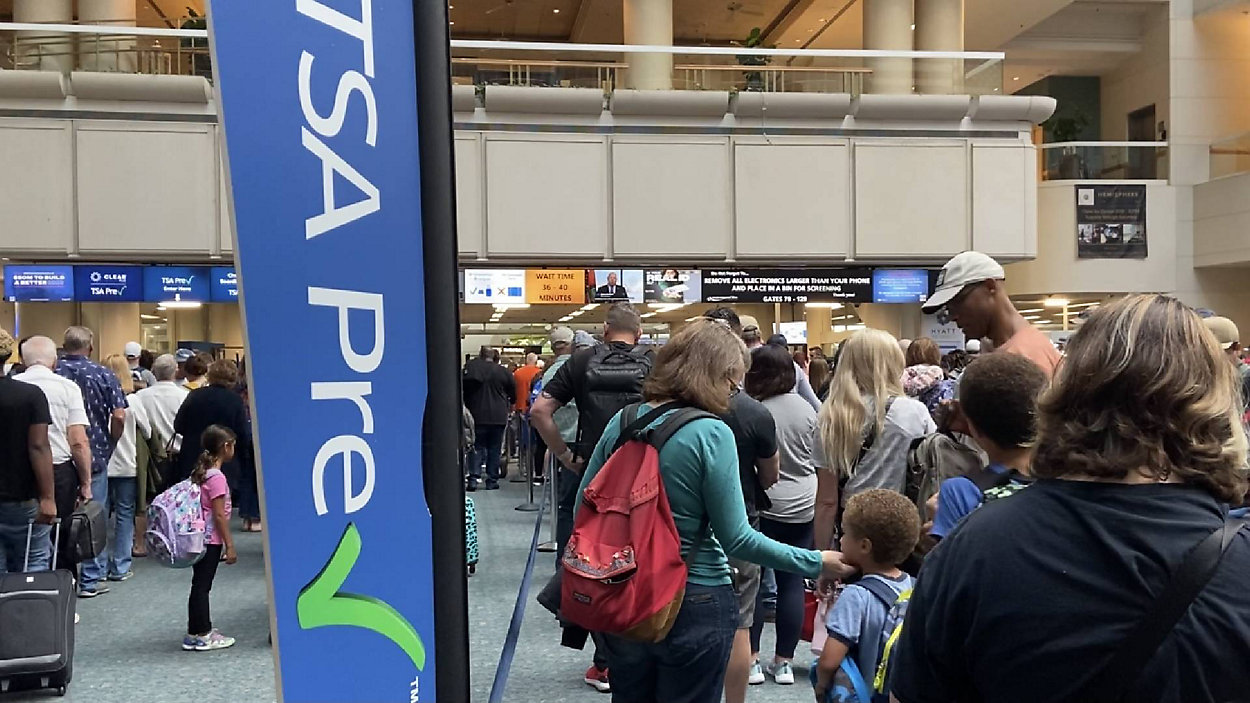
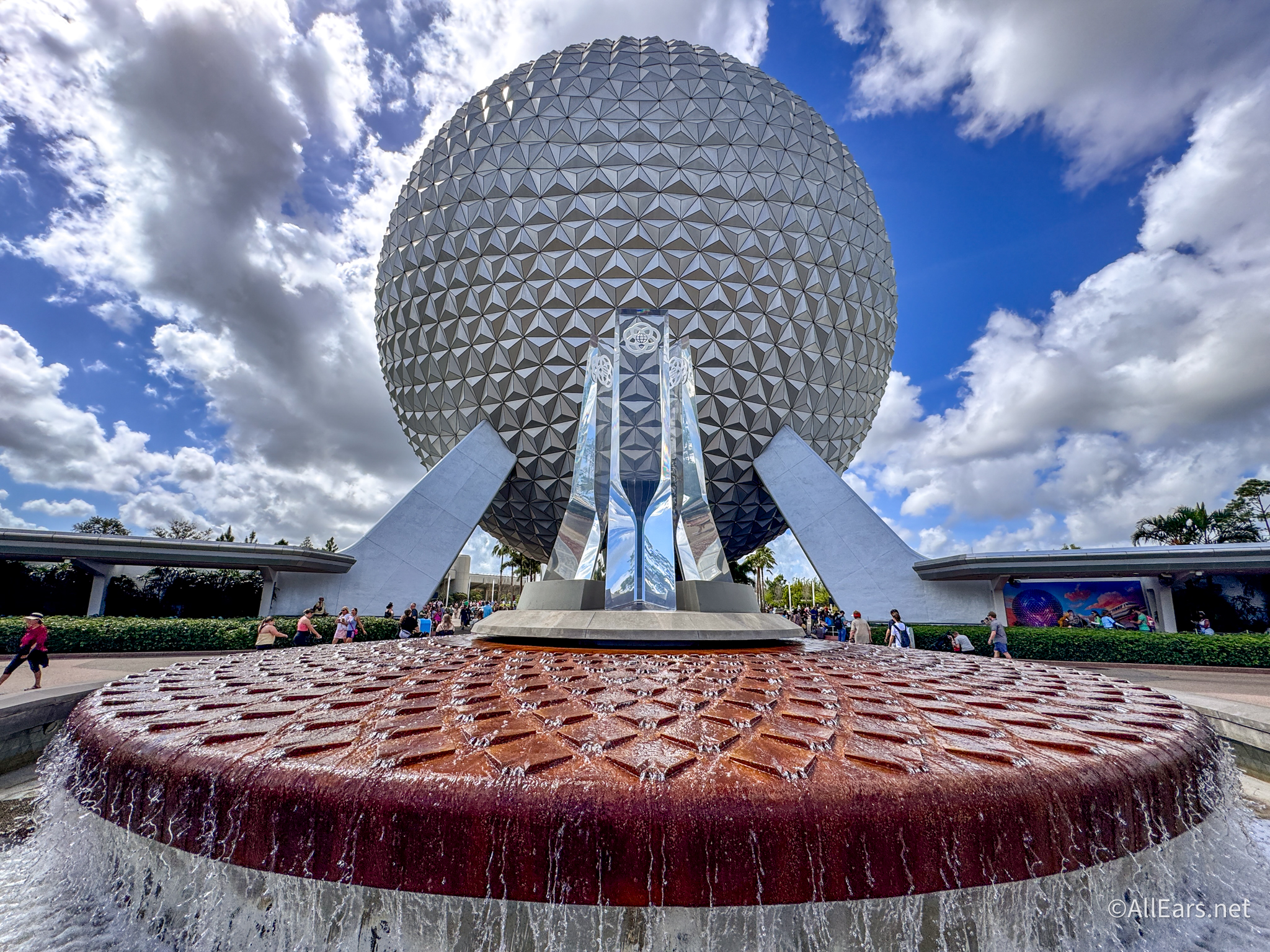
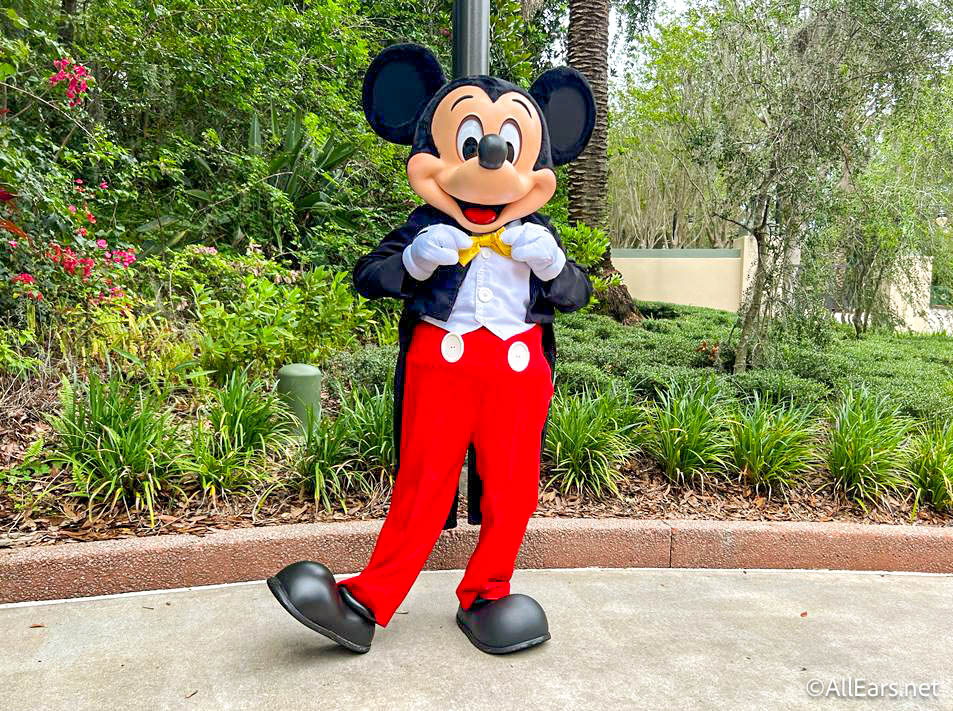
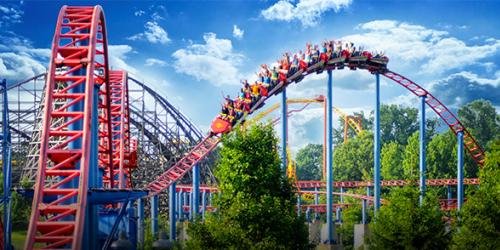
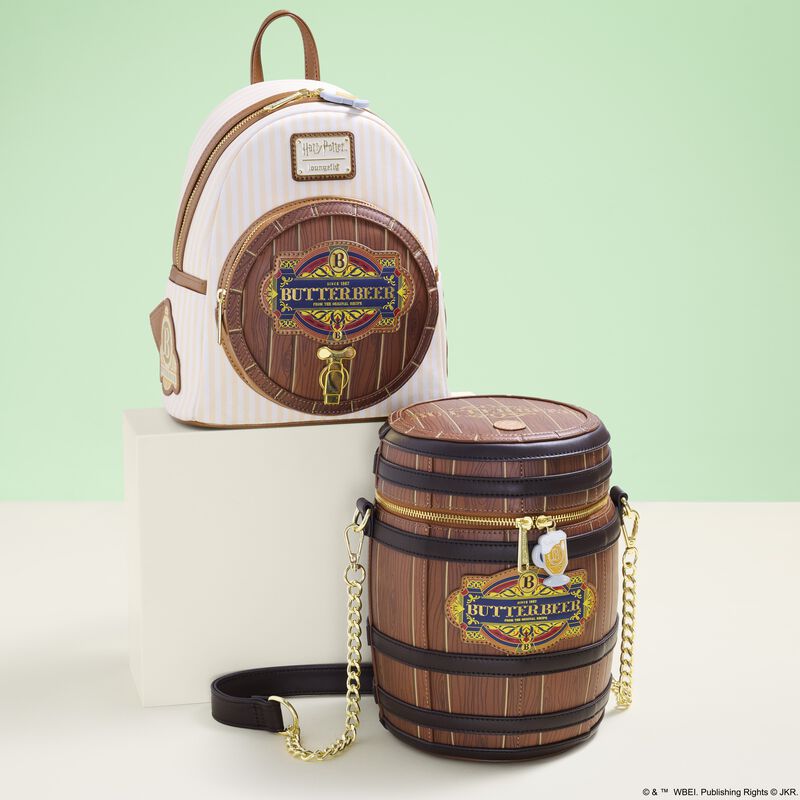

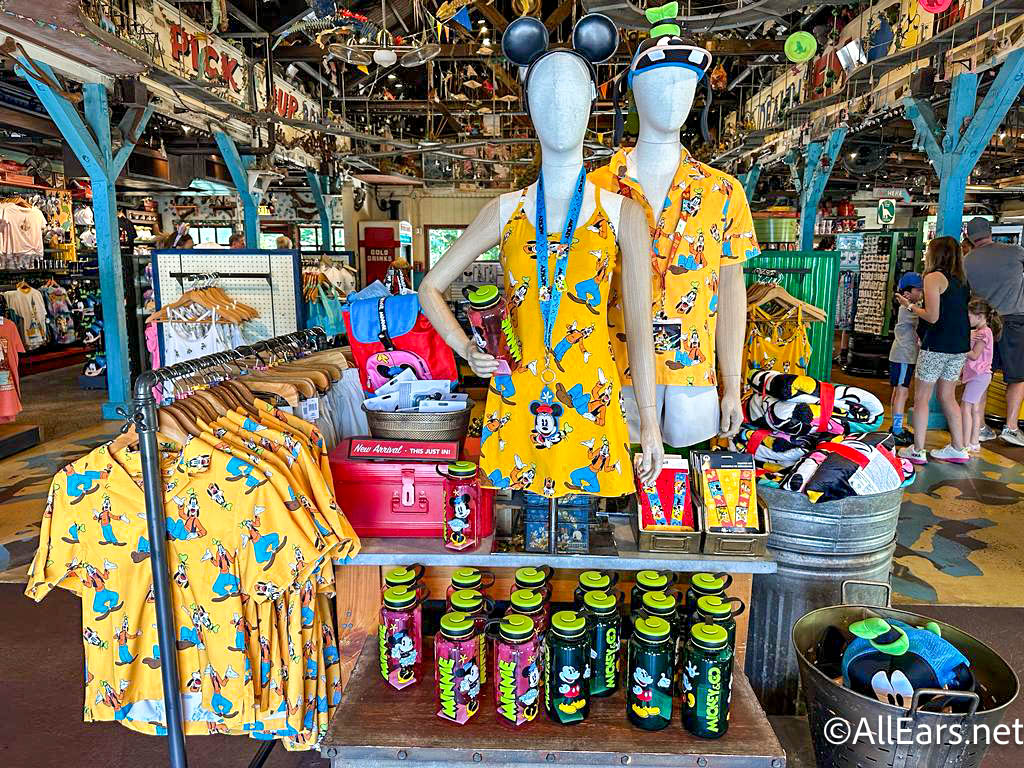
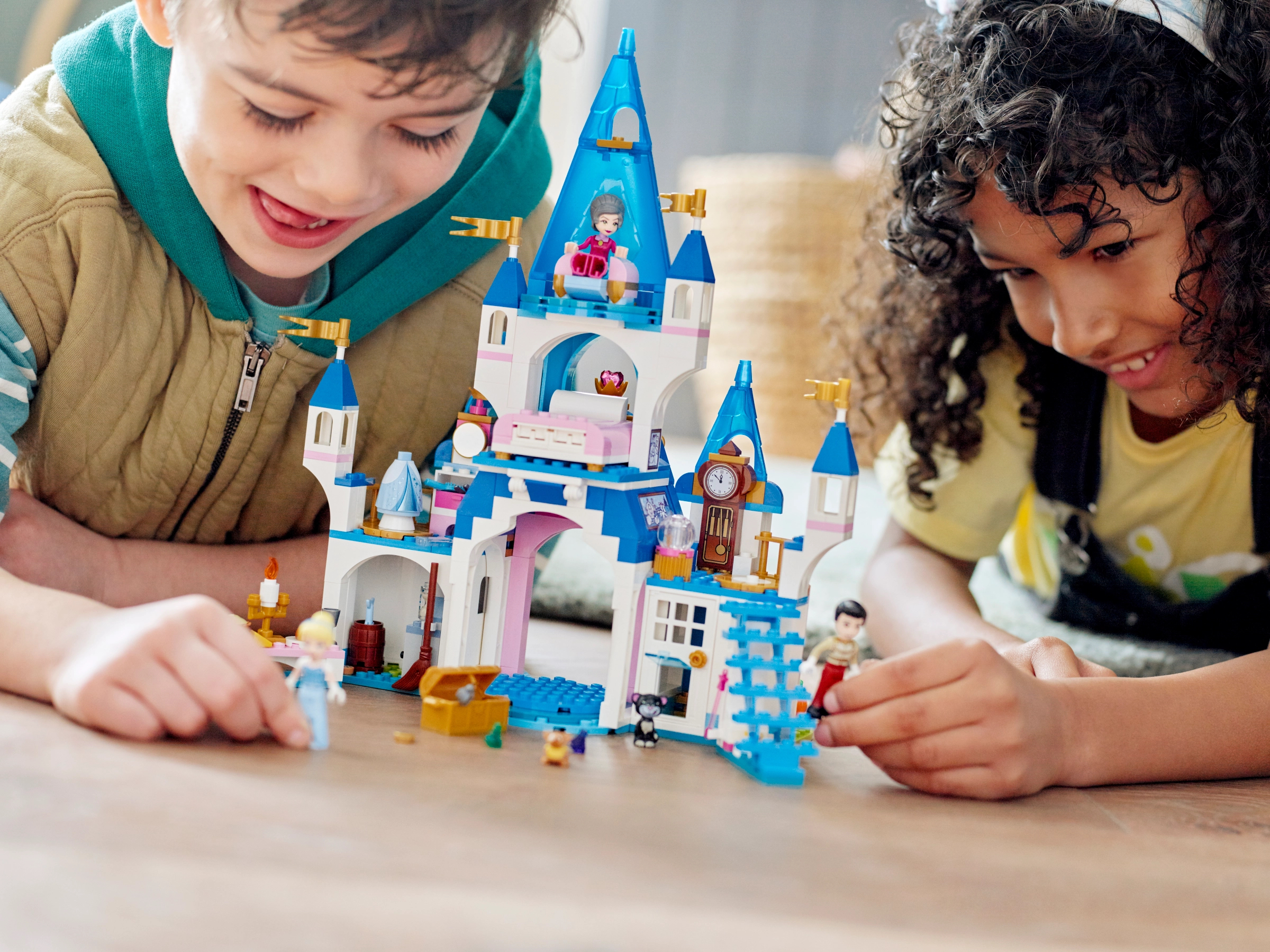
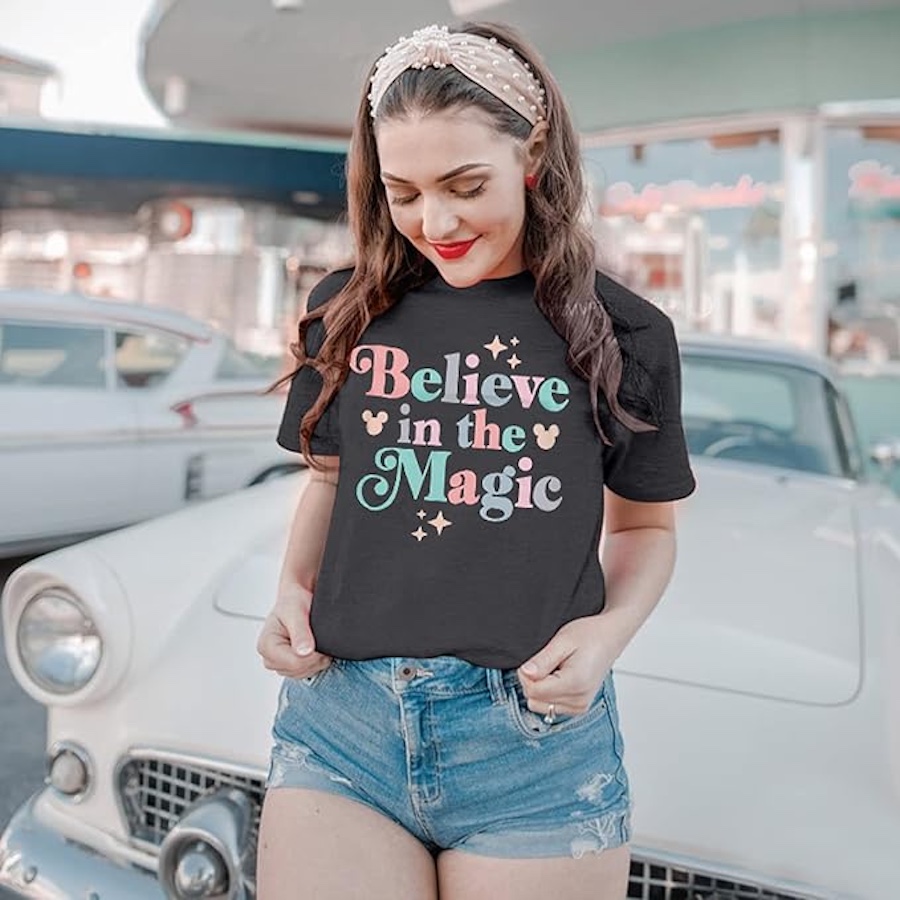
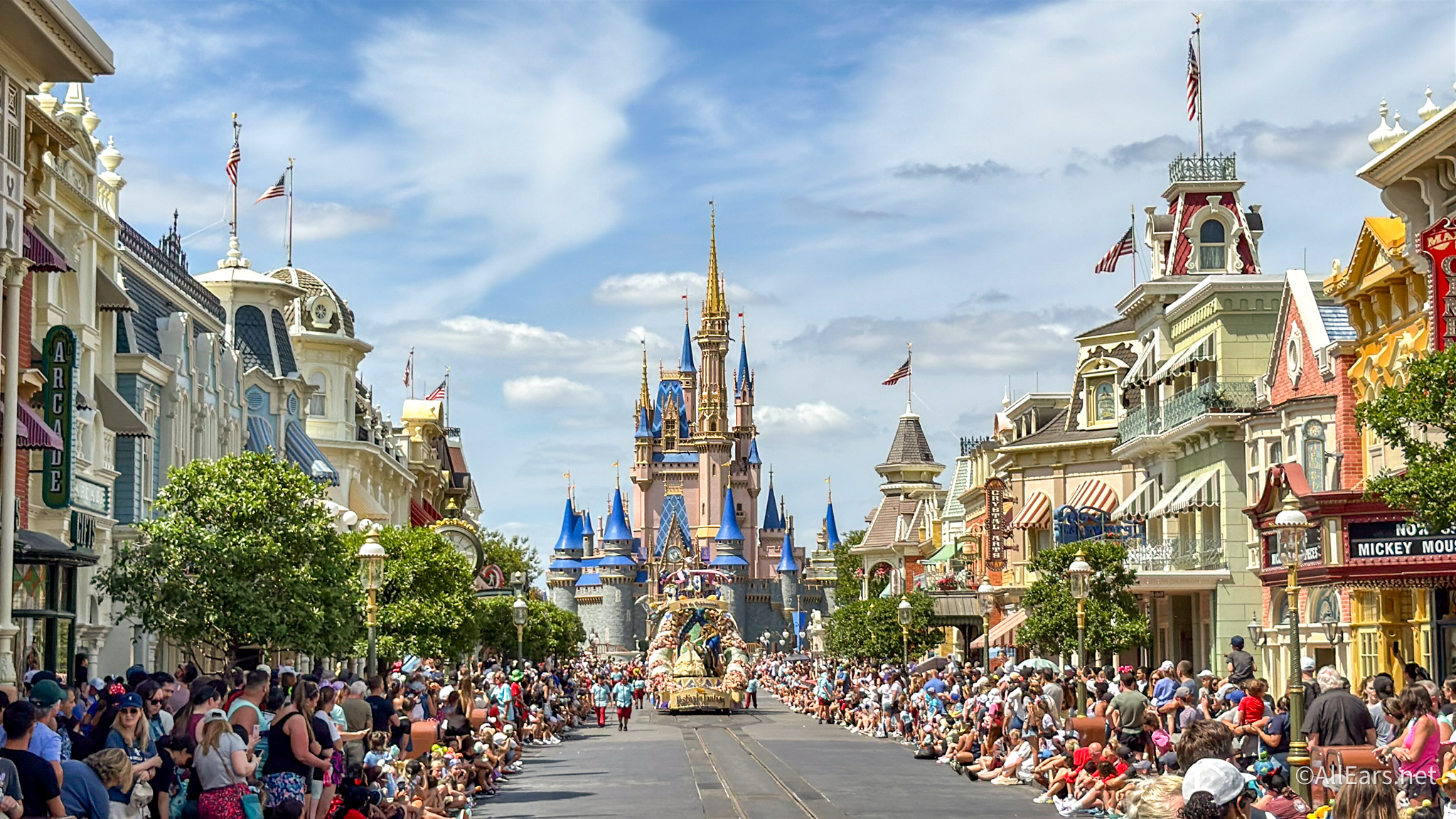

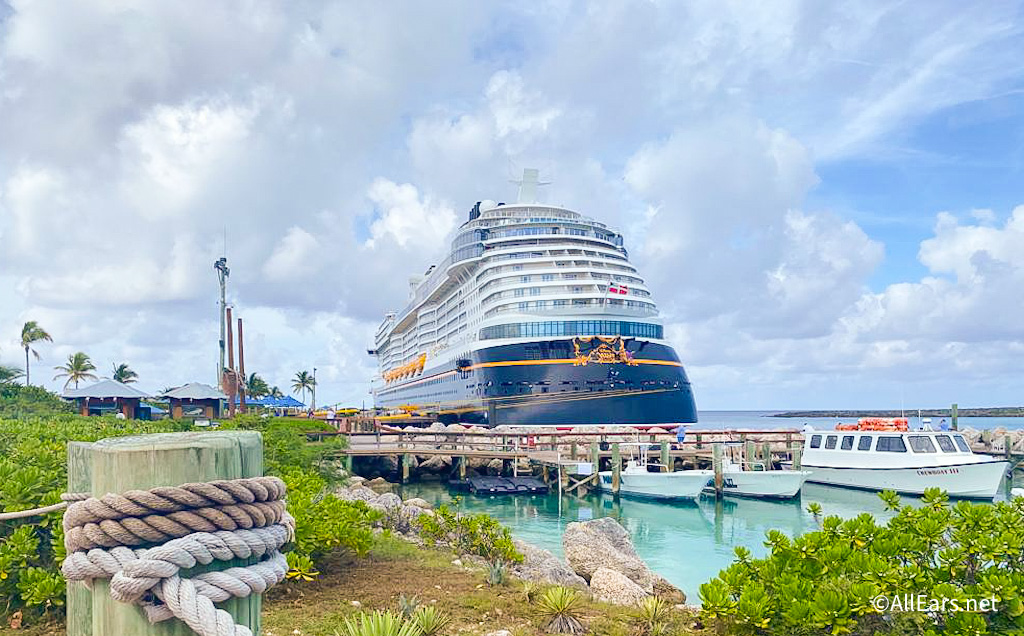
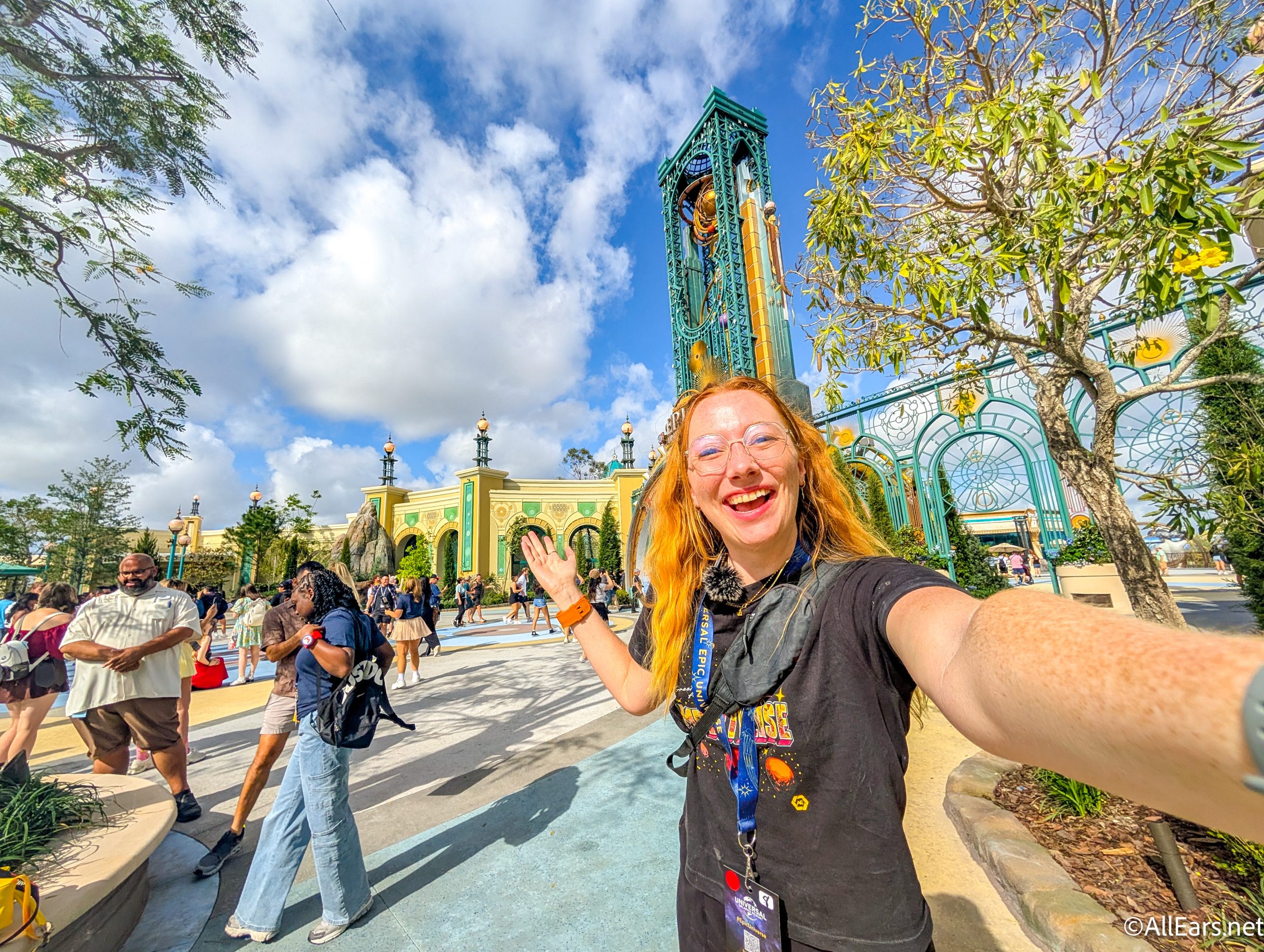


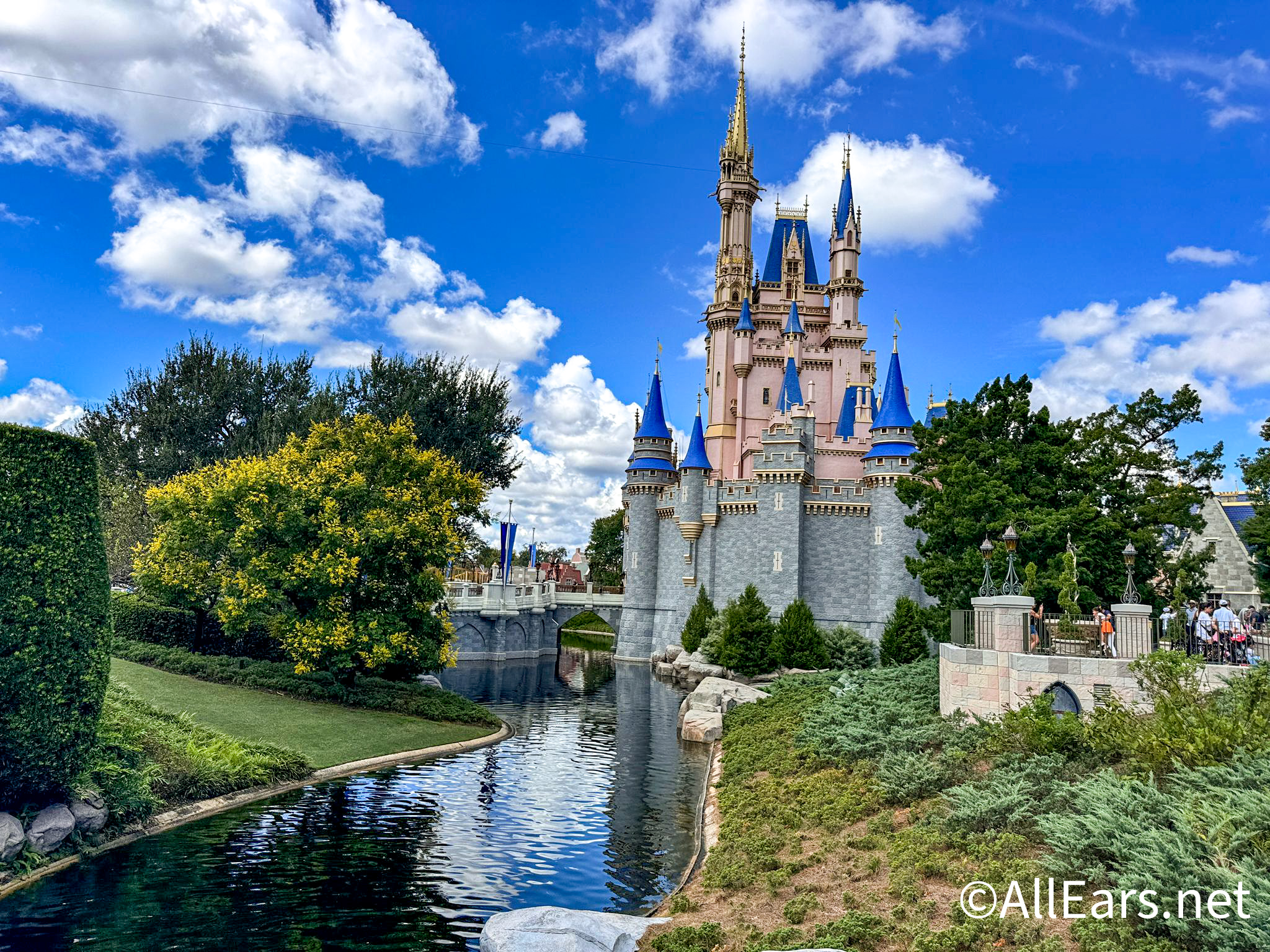
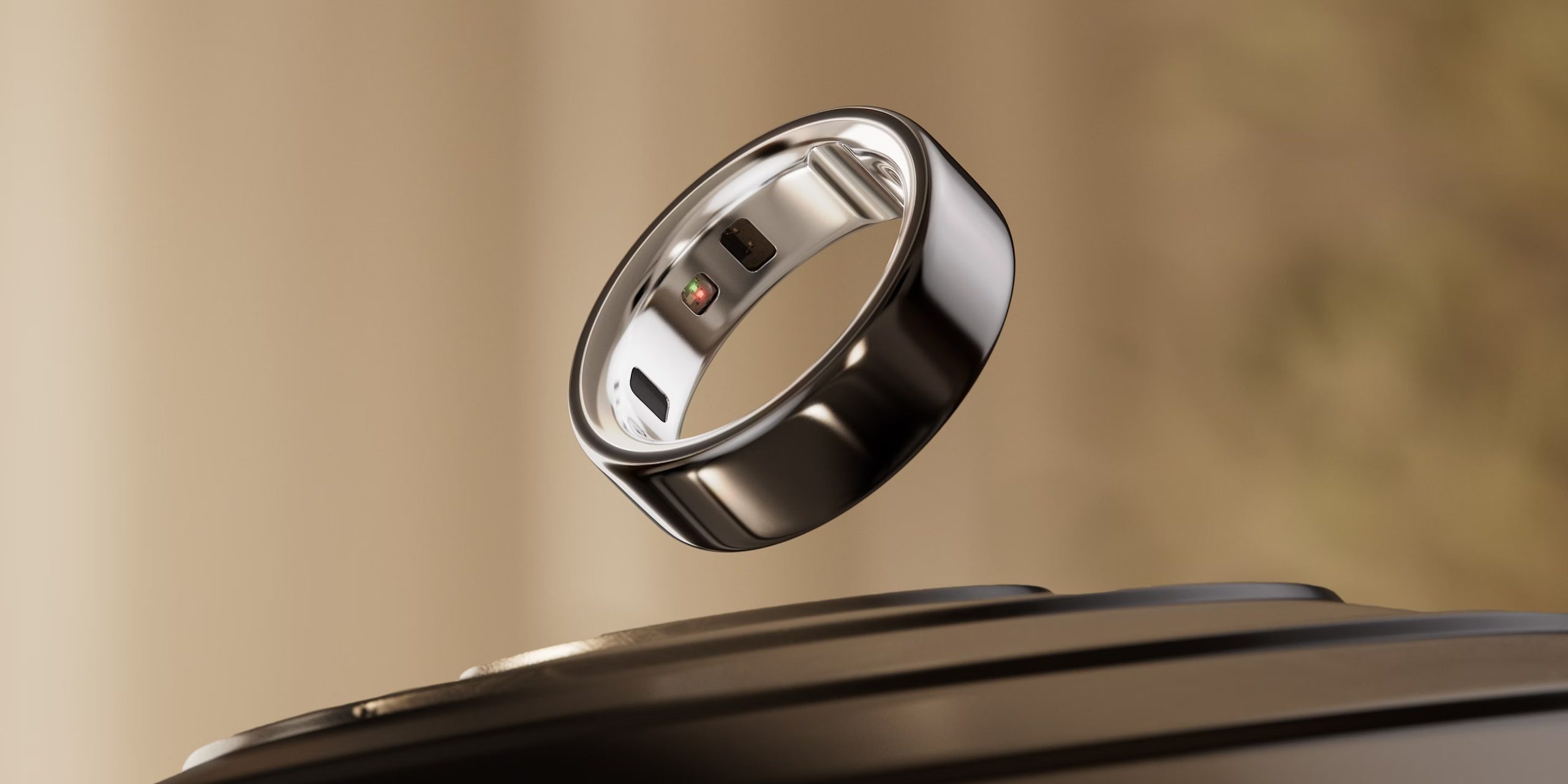
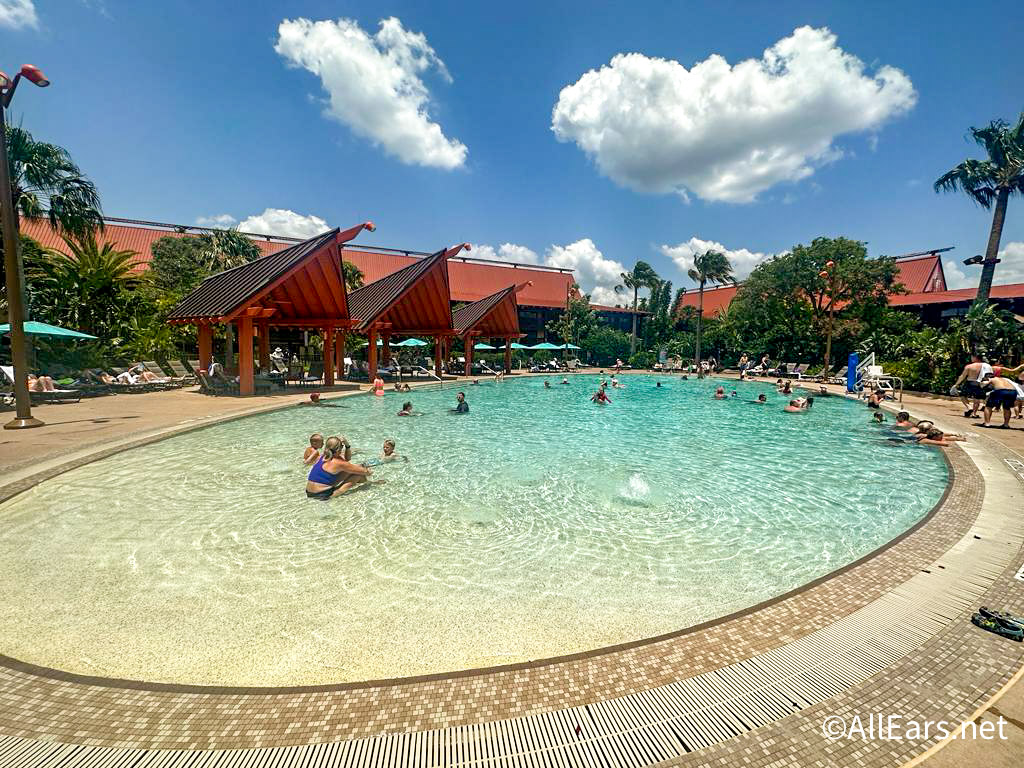

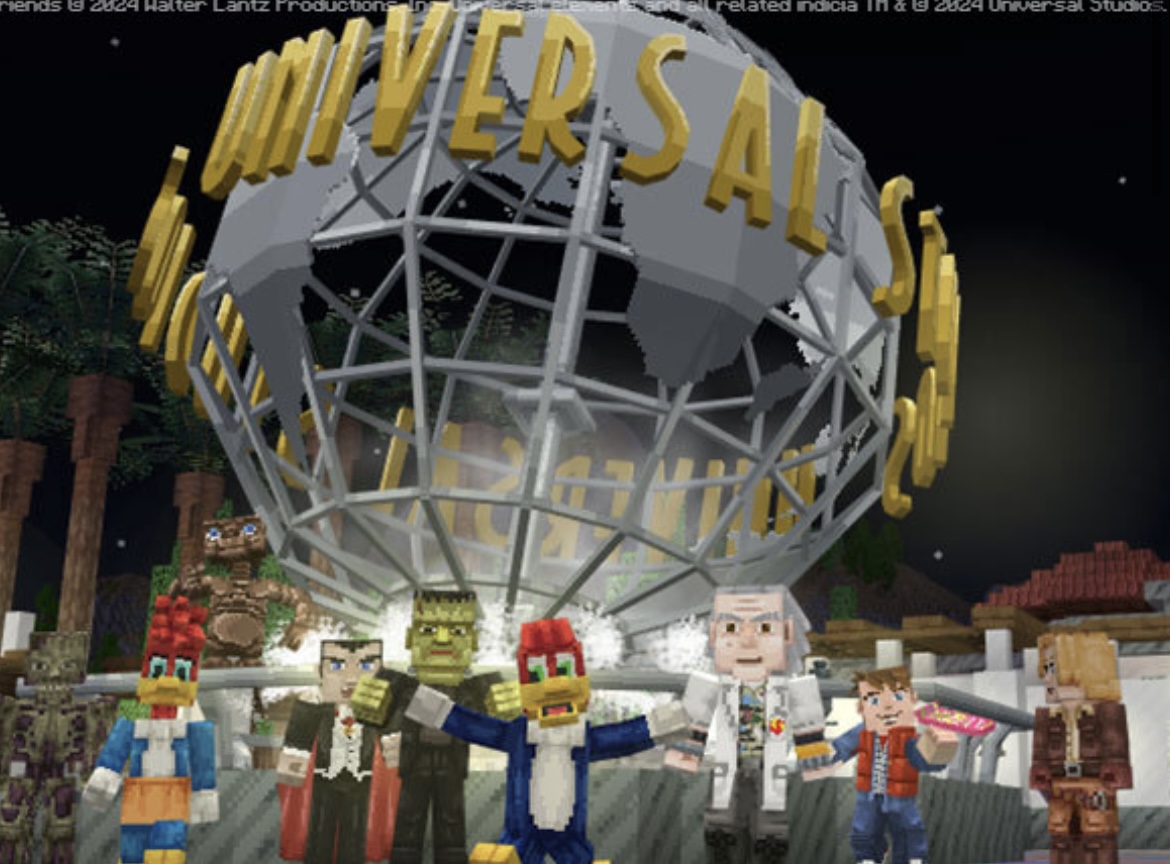

Jack there were some exceptions regarding working women on TV during the era.They included Our Miss Brooks, with Eve Arden playing a very vocal school teacher- from Wikipedia “Our Miss Brooks was considered groundbreaking for showing a woman who was neither a scatterbrained klutz nor a homebody but rather a working woman who transcended the actual or assumed limits to women’s working lives of the time.”
Another show was the Gale Storm Show in which Gale (no longer My Little Margie) was a cruise director, Susanna Pomeroy (Storm), on a ship travelling around the world. She was another interesting independent working woman.
So, though there weren’t many, we need to give these early tv independent working women there due! But I agree Meryl Streep was socio-historically clueless.
My how the times have changed!!! I agree that you cannot hold Walt accountable for what was the ‘norm’ at the time. Shoot, my own grandfather was like that and he was a good man. He meant no harm, he just did not know any different. Its exciting to see how far we have come with equal rights and makes me excited for the future….I hope one day we will have even MORE equal rights, such as gay marriage, etc. Loved this article! Thank you for sharing.
Like some I was surprised by Meryl Streep’s comments, but more because of just how public she was in her statements and a tendency to keep judgment of historical figures within the business to less open environs. That said, I generally can’t get on board with cultural relativism, since it can be a very slippery slope that ends with people saying that we can’t judge slavery because that’s just how things were or honor killings because that’s a product of the culture. It’s also not a bad thing for us to keep in mind that while we all share a love of Walt Disney World and almost certainly of other Disney products, including the Mouse, the movies and other magic, that Walt Disney himself was not without his warts. That they were a product of the times can be seen as an indictment of the times, but shouldn’t excuse those warts. And though one can find negative things about Walt’s character, his association with the highly anti-Semitic Motion Picture Alliance (though there is no evidence that he himself was an anti-Semite) or his participation in the second Red Scare for instance, rather than ignore these flaws one should instead try to remind oneself of the positive things he did, such as his tenacious support of the US armed forces in World War II and his diplomatic nods toward Mexico and South America during a time when our friendship with these nations was incredibly important, not to mention his boosting of artists such as Mary Blair and despite the controversy surrounding Song of the South, he worked very hard to secure an Oscar for James Baskett.
Anyway! Given the comments made here I expect to be excoriated for this, but I suppose there’s a reason why so many people say that politics, religion and money don’t always make great dinner conversation. For what it’s worth I do agree with Leonard Maltin and his comments on some of the more questionable cartoons in the Disney archives. However, it’s important to note that when Maltin says it would be a shame to leave these cartoons unshown, he is speaking about the historical value of the cartoons and is not condoning the imagery contained in the cartoons. They are a product of their times, but their times were often intolerant and that intolerance should not be forgotten or ignored.
Sorry for all of that! I did enjoy the information on Disney past and present. There’s an old saw that Walt himself couldn’t have gotten a job at Disneyland since he had a mustache which is up there with Kruschev being denied a visit to Disneyland as a hoary old anecdote.
Seeing those trams was a real blast from the past. I used to ride those when going to Kansas City’s premiere (and only) theme park, Worlds of Fun. As a six year old I’m pretty sure that those trams were actually my favorite ride in the park!
Hi Jack.
Those old parking lot trams that they used at Disneyland back then, did they sell them to other places when they replaced them with the new ones? The reason I ask is because when my sister went to Cal Poly Pomona, they used those types of trams to transport students around the campus’ parking lots. I remember going with her to school, and I would ask her to park at the farther lot, just so we can ride the trams because it reminded us of Disneyland! Thank you.
Jack’s Answer:
I have no idea what Disney did with the old parking lot trams. It’s possible they sold them. But it’s also possible that Disney purchased them originally from an outside company. If so, it’s possible that this same company sold similar trams to other organizations.
I know that when Disney upgraded their monorails at Walt Disney World, the sold two of the old trains to Las Vegas.
Hi Jack,
Great column as usual! My question is where did Ms. Streep get a 76 year old letter? and why would she want to harm someone with words of so long ago?
Thanks for pointing out the then and now. I know if Walt Disney were alive he would have been the first with many of these changes.
Hi Jack,
To reinforce your point about the difference between the modern Epcot restaurants and the old Tahitian Terrace, I have seen white South Africans at Animal Kingdom Lodge as cultural ambassadors. This is in keeping with the modern focus on knowledge/experience rather than looks.
Thanks, Wendy
Jack’s Comment:
You are correct that Disney is using both white and black South Africans at the Animal Kingdom Lodge departing knowledge about their homeland. They are most often found out in the animal compounds where they can have some real one-on-one time with the guests.
Hi Jack,
As always, thank you for a wonderful article.
Could you share with us more about the guest attire? I believe that has changed as well.
Thanks!
Crissy
Jack’s Answer:
I really don’t have anything official to add on this topic. But I can tell you that in the 70’s, Disney had security guards stationed outside the main gate at Disneyland. One of their duties was to check guest attire before they entered the park. If security felt someone’s outfit was a little too revealing or was sporting an inappropriate message, they would suggest a change of clothes or a “cover-up” T-shirt which could be purchased at the Newsstand shop located outside the gate. Of course, our society has changed a lot since the 70’s. Many of the outfits seen today would never have been allowed in the parks in the “old days.”
Hey Jack
It is amazing to see how much Disney’s policies have changed over the years. There are so many advancements not only in safety, but in the acomadations as well. Can’t wait for your next blog and as always keep up the great work.
Hi Jack!
Another great blog- and you are right Disney was a product of the times!
I would love to know how guest policies have changed over the years!
Great article, Jack!
I have to say, I like the old parking trams better! The reason why people didn’t fall off is because in those days, people were more likely to follow directions and pay attention. Not to mention people kept much better control over their children. Today, people do what they want, and allow their children to do the same. (And then file a lawsuit when someone is injured.)
When I first heard about Ms. Streep’s comment, I agreed with her. But I didn’t think about the fact that the letter was written so long ago! You are right – Walt was just following the norm for that time. Thanks for helping me to realize that!
Minor point — in “Ozzie and Harriet”, Ozzie Nelson was a well-known band leader (and Harriet was a singer/comedienne) years before the series started. The original audience would have known what he did for a living. It was probably not emphasized because “I Love Lucy” had started the year before and emphasized Ricky’s job as a band leader.
(The things you learn from listening to the old-time radio channel on satellite…)
Hi Jack,
I am SO disappointed in Streep’s remarks. Too bad she can’t read your blog. Perspective is everything. Like in one of my Disney Treasures collections, Leonard Maltin introduces a cartoon that by today’s standards would be considered “racist.” Burned matches exclaimed, “Mammy!” Maltin explained the time the cartoon was made and the reference to Al Jolson, and said it would be a pity to lock this wonderful cartoon away, never to be seen again. Again, perspective is everything.
I was hired at Disneyland in April of 1971. With all of my “problems,” I was so excited that I was “good looking” enough to be hired. During the off season I worked at The Inn Between, but during the summer, I worked at Hills Bros. Coffee House. Too bad I wasn’t equipped back then to succeed at this kind of job. I would have loved to have gone on to WED to build models from blueprints & artists renderings for future attractions. I’m always a tad bit jealous whenever I see that clip of Rollie Crump in front of the model of the Tower of the Four Winds on a Wonderful World of Color episode. Ironically, I tried to get hired by Pacific Telephone in 1979, but it took almost a year and a half to be hired because I am a white male, and NOT a minority. My how things changed.
Great blog as usual. 😀 ºoº
Hi Jack,
Didn’t hear about Meryl Streeps comment till I read your blog. Like the others apprently she doesn’t pay attention to what it was like in Hollywood for women and minorities during those times either as they were often in typecast and sexist roles as well. As a nurse I can tell you the requirement for us female nurses were very strict when I first graduated having to wear the caps (which never stayed on) and many rules on our appearance. Of course now things have changed and it’s hard to distinguish who is the nurse unless you see the nametag. Anyway- great blog as usual
PS – Was happy to have finally met you at the last meet and greet but sorry I didn’t really get a chance to talk with you more as I SO enjoy your postings.
Hi Jack! I LOVED this blog! I found it very interesting. The then and now policies were fun to look over.
My son hopes to apply for the Disney college program in a year, and I’m sure he would enjoy this blog as well.
Hope you had a good Easter!
Jack’s Comment:
I would like to share something with you and your son…
When people dream about working for Disney, they fantasize about driving the monorail, loading guests onto Pirates, or some other high-profile job. But it often doesn’t work out that way. You are often placed in non-glamorous jobs. And that okay.
When I was hired at Disneyland, I was placed in a backstage kitchen doing “kitchen” work. I hated it and wanted to quit. But I stuck it out. And I’m glad I did. In no time at all, I made lots of friends — several of whom I’m still friends with today. We had fun. We worked hard. But we also had fun. Wherever you’re placed, you will soon become a part of the comradely of that location. You will become a part of that team. With the right attitude, any position at Disney can be great.
So if you don’t get hired into your dream job, don’t despair. You can still have an amazing adventure. The college program is a wonderful growing and learning experience.
I wish your son lots of luck. 🙂
oh Boy! Streep also rubbed me the wrong way with her Walt Disney “sexist” thing. With this I am not going to any of her movies present or future… not even if they are great movies.
It’s like everyone back then was a sexist practically , so why single out Walt Disney?? He was just “Following” the crowd for those days. He could have made “news” if he went against the other’s but he didn’t.
But that doesn’t mean Streep had to judge his character. She didn’t know him personally. Sometimes you can’t judge a person by their “coat,” and what’s inside that matters…
Jack, is it still true that female cast members cannot have dyed/highlighted hair? Just curious!
Thanks for another informative and interesting post!
Jack’s Answer:
The key word here is “natural.” A cast member’s hair must look natural. So yes, they can dye their hair. Highlights and streaks are another matter as this treatment boarders on an unnatural appearance.
Now, the truth is, CM’s get away with a lot today. I’ve seen many males and females with highlighted hair.
in pa, you also can not wear rings or ear rings as it is against government rules not park rules as I work at Dutch Wonderland in food & bev
Jack, I always enjoy reading your articles and hearing about your experiences working for Disney. My cousin is a waitress at AK and has worked at WDW for over 20 years along with her husband.
Hi Jack,
I, too was offended by Ms. Streep’s comments. Celebrities should take extra care when they’re offering their opinions (incorrect in this instance)to the public. Maybe she was mad because she didn’t win!!
My first trip to Disney World was in 1976 and I remember thinking to myself that it was a place that I could never work – because everyone “on stage” was thin and very easy on the eyes! I’m glad times have changed!!
wink wink
Fascinating article, Jack. I missed Meryl Streep’s comments but they sound more than a little ridiculous… Thanks for giving us the background story and highlightling the differences between then and now!
Thanks for another great blog. I always enjoy reading your weekly blogs. I think those are great points. I enjoyed hearing about the then and now. I remember having to adhere to some of the same personal requirements working at The Disney Store a few years ago!
Thanks again Jack!! It’s frustrating when someone speaks, as if an authority, as in Meryl’s case, about something that they don’t fully understand. I appreciate you “airing” out the different policies of the different eras.
One thing that I found after I researching how “sexist” the Disney corporation was that the ink and paint job was given to women because of women’s attention to fine detail. Men didn’t produce the same consistency as the women could. Walt wanted the best product as possible, so he hired the best people for the job.
How do people explain how close Walt was to Mary Blair? She went with him to South America, her art is displayed proudly throughout the corporation, and so forth. However, the nay sayers would say that Walt didn’t hire enough women, but look at the culture of the era. How many women were in the same position as Mary in any major corporation in the United States during that time? Not many….
Thanks again! Glad to have you back!! My Mondays are now more complete!
I also worked at Disneyland many years ago, and I think it’s important to note that the grooming standards were not for all of Disney. They were only for Disneyland and later Walt Disney World. Folks at the Studio and WED weren’t part of the show, so weren’t subject to the same restrictions. When I went through new Cast Member Orientation, they pointed out that Walt had a mustache so didn’t meet the Disneyland grooming policy.
Jack, another great article! I was also offended by Streep’s diatribe against Walt. Totally classless and something I wouldn’t have expected from such a seasoned actress.
I had to chuckle at the appearance requirements. I remember talking to a bookstore employee while I was browsing in the travel section. She told me she worked at Disney World years ago but was kept in the utilidors because she wasn’t pretty enough. I think it was more of her crabby personality that kept her out of the public eye!
I always look forward to reading your weekly blogs!